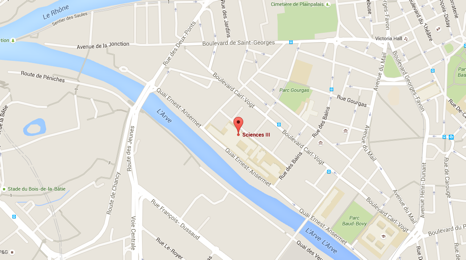événements et news
Adhaerentella dendrocorona gen. and sp. nov: An Attached Monothalamid Foraminifera From the Abyssal Pacific
A new genus and species of a monothalamid foraminifera, Adhaerentella dendrocorona, has been identified through phylogenetic and morphological assessment from the Pacific Ocean abyssal plain at Station M, off California. After at least 1 year of colonization time on the seafloor at 4000 m, 141 specimens belonging to the new species were observed attached to plastic substrate deposited on the bottom as a part of the Seafloor Epibenthic Attachment Cube (SEA3) experiments. Adhaerentella dendrocorona is characterized by agglutinated hemispherical tests connected with dendritic tubes. The delicate phyllosilicate branches collapse when not immersed, but embedding in agar or resin facilitates imaging. MicroCT images reveal compositional differences between the agglutinated base and branching tube structures, consisting of phyllosilicates. Despite sharing some morphological similarities with other attached agglutinated genera, such as Capsammina, Crithionina, and Hemisphaerammina, Adhaerentella dendrocorona is genetically different from the latter genera and branches in the monothalamid Clade M. Adhaerentella dendrocorona has a close relationship with undescribed monothalamids from Antarctica, suggesting the possible global distribution of the genus. This study indicates that monothalamid foraminifera are important components of attached abyssal meiofauna, which have evolved morphologies that are likely adapted for suspension feeding in oligotrophic environments that feature hard substrates.
Au Néolithique, l’agriculture s’est imposée en douceur
Une étude de l’UNIGE montre que les chasseurs-cueilleurs d’Europe et les agriculteurs venus d’Anatolie se sont mélangés progressivement pendant le Néolithique.
Understanding Architecture And Evolutionary Patterns In Haplolepidous Peristomes (Dicranidae, Bryophyta) Using Histology And Micro-Morphology
25.07.2023 14:00, Salle de conférence (Museum of Natural History)
Mathilde Ruche (Michelle Price's group).
organisé par: Michelle Price.
Recherche
Notre département regroupe 12 laboratoires de recherche employant un total de presque 200 scientifiques, ingénieurs et techniciens. Les sujets de recherche de ces laboratoires vont de la génétique du développement à la régénération en passant par l'evo-devo, la biologie physique, phylogénétique, la systématique et l'anthropologie.
plusévénements
-
25 Jul
Understanding Architecture And Evolutionary Patterns In Haplolepidous Peristomes (Dicranidae, Bryophyta) Using Histology And Micro-Morphology
-
30 Aug
to be announced
-
29 Sep
Mechanobiology of cell shape control
contact
Département de Génétique et Evolution
Quai Ernest-Ansermet, 30
1205 Genève
Suisse
bureau: 4002A
T: +41 22 379 67 85
 plus
plus
